The Song We Play
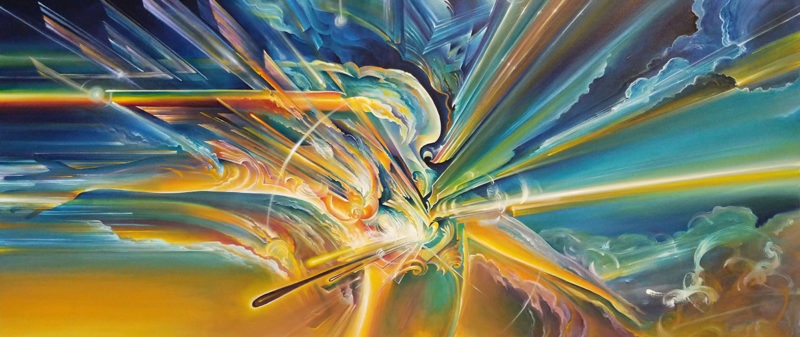
I was listening earlier to Pink Floyd’s Ummagumma. What a weird collaboration of soundscapes and mental landscapes it is and yet, it was through this experimentation and willingness to go “out there” (and, incidentally, “in there”) that led them to great albums like Dark Side of the Moon and Wish You Were Here. The willingness to walk the creative edge and push our boundaries can lead us to find new voices and ideas. In this world of the reinvented, the borrowed, the done time and again, it is that newness that stands the test of time.
The other day, I found a collection of music called Psychedelic Archaeology vols. 1-10. I was interested to see what I’d been missing in my collection. This montage of Psychedelic rock from the 60’s didn’t purport to have any Beatles, Pink Floyd, or Jimi Hendrix. Instead, much of it “sounded like…” or “seemed to borrow from…” and felt to be missing that authentic and true voice that made those previously mentioned bands and musicians unique.
Feeling Moods
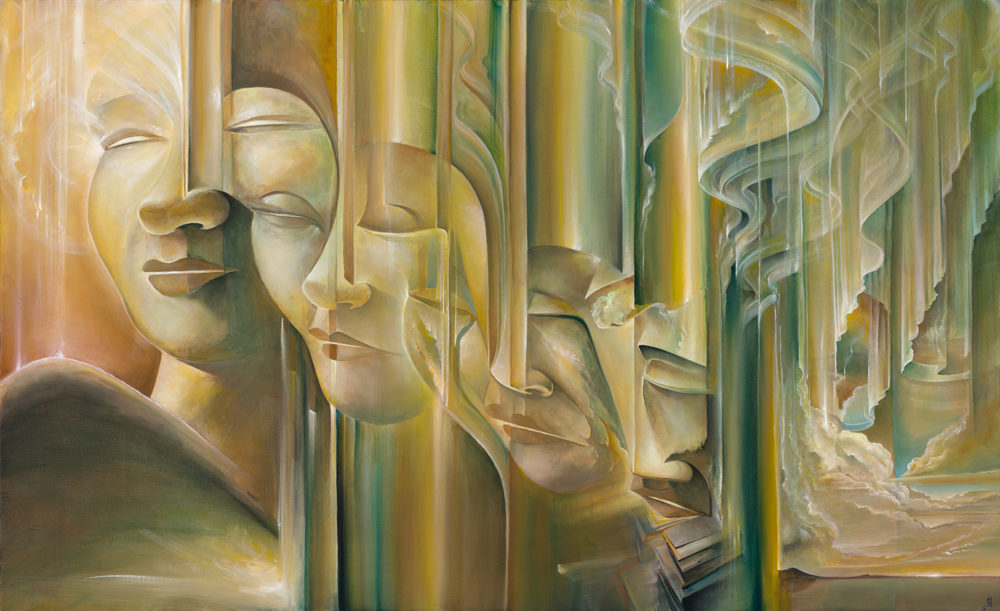
Feeling a mood, a beat of a heart, a tap of a foot. Feeling a touching the sky, a holding the keys or a glinting of an eye. Feelings: they come and they go. Arising... falling... A painting captures a moment, never stationary, never static. Example: Each painting of the Evolution triptych is one part of a path but neither is ending or beginning or middle. The glouriousness of Illumination (III) is only labeled as III because that is the natural progression, but the display of the images is what break them out of that progression.
As an artist, when I take on this feat of creating "art", whatever that may be, I am, one way or another, illustrating a mood, a feeling, a moment in time that will pass and, quite often while in the midst of creation, has passed already. I may feel it in moments. Perhaps if the piece took only a few moments: was a great splash of paint on the canvas, was merely a conflagration of color or shape that took an hour, that mood can be held but what I awas working towards isn't "holding" a mood at all. Moods are fickle and, like the wind or the river, are never the same mood twice. So, to catch a wind and hold it, shape it, pause with it, understand it, listen to it, is a feat of patience and care. It is a mastery of diligence.
The Art of Discovery
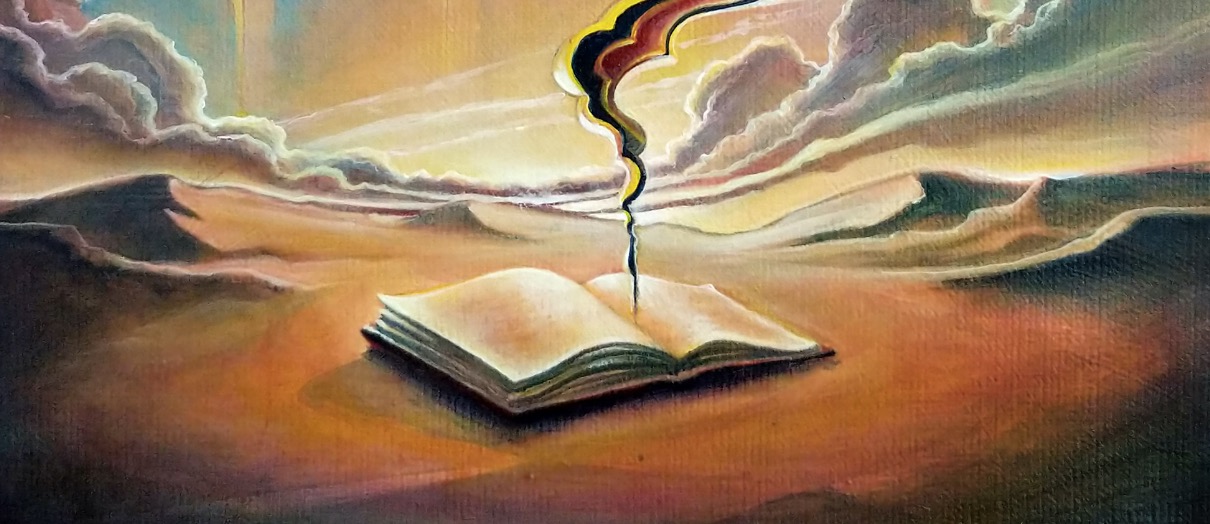
I started cataloging our art books today. Very exciting, I know. We have quite a library of books all together - between the art book collection, the dozens of philosophy books and the many volumes in between it spans more than a few centuries of knowledge and inspiration. What boggles my mind, when I look at the couple hundred books of paintings and drawings, is the lifetimes they represent. Hours, days, weeks, years of the lives of men and women who dedicated themselves to the creative urge. And each book - each artist - is a facet of a jewel that allows the light of inspiration to pass through it in a particular manner creating shapes, motifs, themes and designs, entire stories, entire lifetimes.
The books on the shelves are organized into several sections. One shelf holds the rather modern day visionary artist types - Robert Venosa, Mati Klarwein, Alex Grey, Gil Bruvel, etc - then a shelf of illustrators - Arthur Rackham, Kay Nielsen, Harry Clarke, Dr. Seuss, and more - then art history - historical movements like Art Nouveau, Surrealism, etc - and then, of course, many shelves of just artists - Vincent Van Gogh, Max Ernst, Michelangelo, Salvador Dali, Frantisek Kupka, Hieronymus Bosch, Gustav Klimt, and more more more.
On Painting
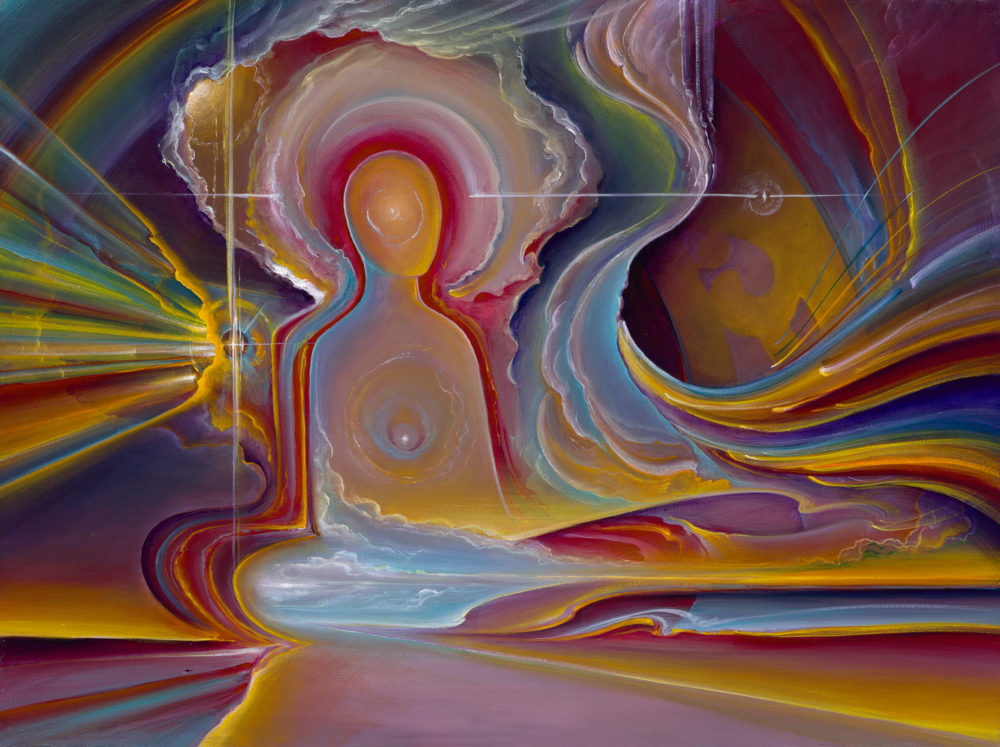
Sometimes, I'm painting and I'm just putting globs of paint onto the canvas, working it out as I go along blending it there rather than on my palate. I think to myself, "How could I really even begin to teach this? Who the hell wants to learn a process that can be so... messy!" It looks like a haphazard approach at times. The dollop of paint gets smeared onto the canvas along with several invisible dollops of faith in the process. All things considered, it usually works out, even when it doesn't. So how does one teach that? Well, I look at my whole approach then not just the smearing of the glob of paint on the canvas. I have a clear idea of what I'm doing from the start usually. In the exact instance that I'm speaking of, I was working on the kid's book that has been consuming all of my creative time. The kid's book has a certain style and approach that I've used from the very beginning. Regardless of new ideas I've had in the past three and a half years about layering or glazing, I can't apply them here because it would be inconsistent with the previous panels. I have to stick with the approach I've taken thus far in order to see it through. In some respects, this is a good bit of discipline. In the midst of this book that I've been working on for over three years, I've painted two great paintings and a handful of smaller but still important pieces. Those paintings have allowed me to express for a bit those thoughts and understandings about process - especially The Glass Onion with all of it's underpainting and layering and such.
And then I come back to this image and right now there is a blue sky backdrop to grandly rolling clouds, a floating cliff topped with a buzz cut of green grass, and two people. I paint a field of blue. I throw on the green. I do this, I do that. But what is the approach, really?
How To Be a Painter Part Something or Other
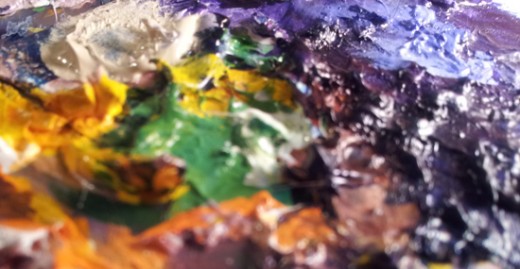
1. Sleep when you are tired. Naps are perfectly acceptable.
2. Eat when you are hungry. Eat good food, just not too much.
The Process (Which is as Important as the Goal)
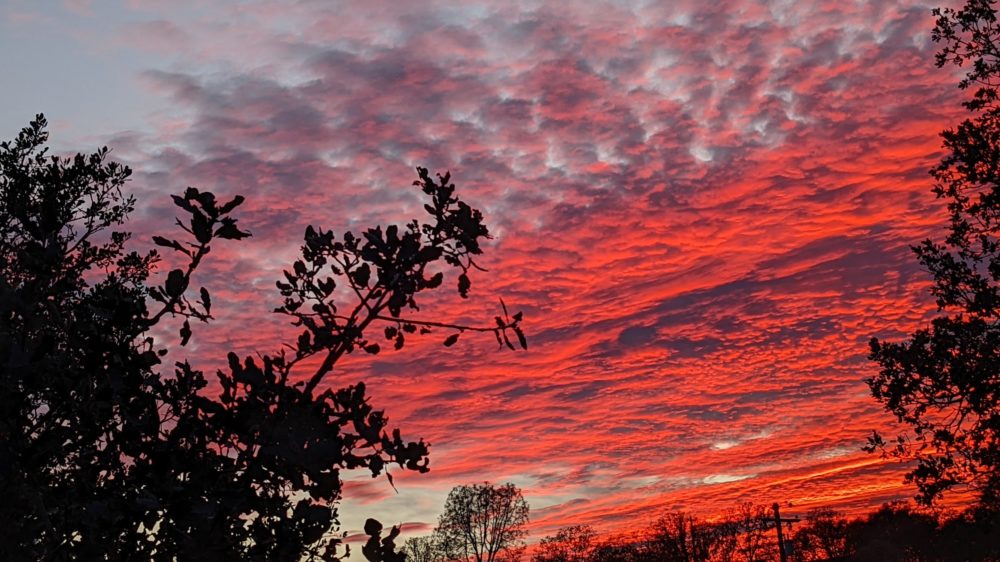
I used to just dive into a painting. I'm talking about bigger paintings. I'd have a few sketches and ideas but I'd just start laying on the paint and hope for the best. I'd always reconsider things too late in the game and think that I should have had a more solid plan. As time passed, I started making more and more complex drawings beforehand, preceding the painting with loads of conceptual work. Then I gave more and more thought to how the colors would interact and what the best way to approach it would be - do I put a background on first or start with pure white canvas and just lay the colors down or do I do a monotone painting on the white canvas and then proceed to glazing?
There's so many different techniques and approaches to creating a painting but, ultimately, what is important is the final outcome and the feeling you want to evoke. The texture and grain of the canvas are as important as the colors. The background is going to set the whole mood. And if you decide to go with gradual glazings then you have a whole other set of variables to consider.
Titles of Paintings Are Like Poems
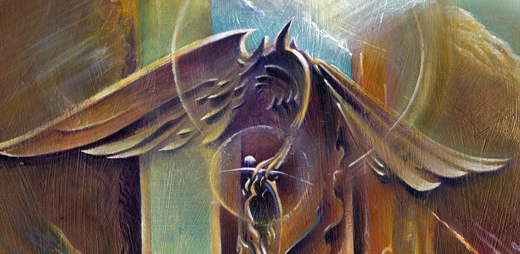
Most often, the title is the only chance the artist has to share any words with the viewer in regards to the painting. The title is like a signpost, suggesting a direction for the viewer to head in. It is a collection of words (or perhaps just a singular word) there to evoke a feeling and nudge the viewer in the direction of the artist's intention.
I like it when a title sings. To me, a good title has rhythm and cadence, even if it is just one word, capturing the mood and embodying the painting. A ten word title is ok and, sometimes, that's what is necessary. A twenty word title will beleaguer itself with its own verbosity. We are, after all, in the business of looking at art and not reading books. Our titles should be like short poems, not sonnets. The painting is the sonnet. It is the epic. The title is the final moment and is there to offer the viewer guidance.
What Is the Point of All of This, Anyhow?

"It's nice that you make this art but what are you really doing? People talk about changing the world, about making a difference… how does this help the mother on welfare, or this or that… What difference do you think you are really making?"
Truth be told: I ponder this question all the time. I think about it while I'm driving around running errands and then going home and back to painting. What the hell am I doing anyways?
Relativity
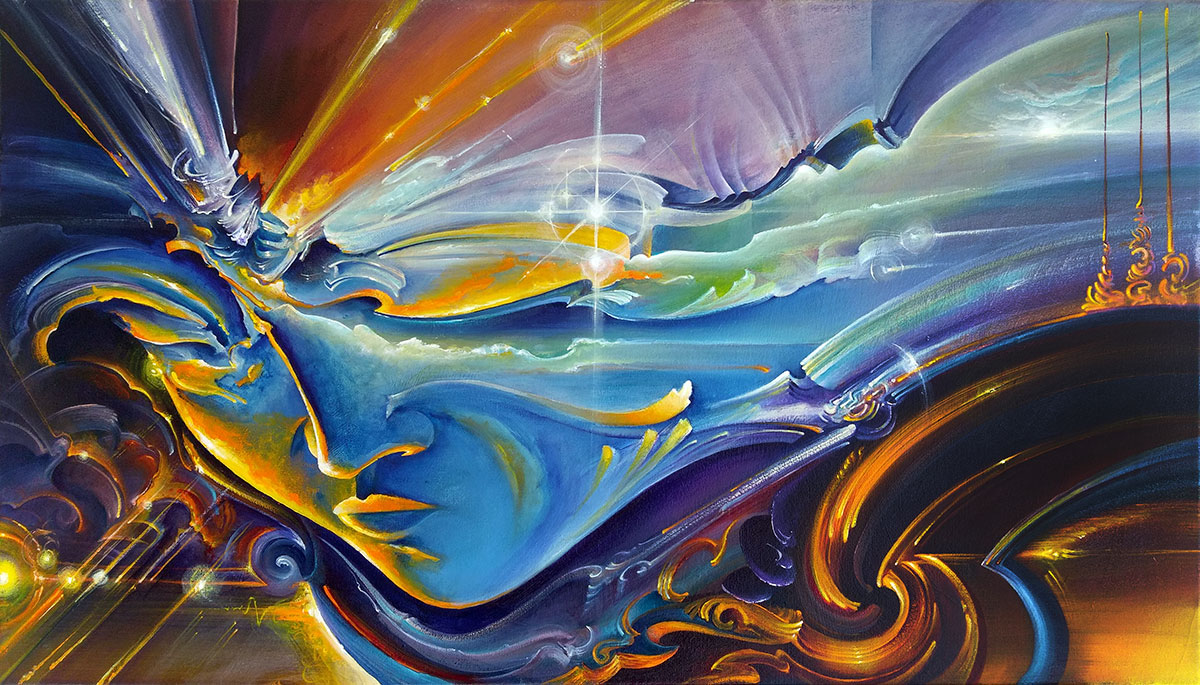
Near. Far. High. Low. Sunrise. Sunset. All's relative. The sense of perspective and point of reference. Most of all: the limits that define us: the breadth of our breath and the width of our brow. All our stories and all our beliefs. Our laws, our traditions, our ideas of love, of economics, of mine, of yours. We create systems and structures that define us and tell us how to live in community with others. All of those systems: imagined ideas, dependent on each other and, most of all, on the belief in the solidity and actuality of this 'I'. I am this. I am not that. I have this. I do not have that. Where am I in this picture? Where do I fit? And does it translate to YOU?
Every image has a perspective and offers a glimpse of what-i-see-from-here. There can be so much to a little sky scape on a little canvas. And, then again, nothing at all. Paint, arranged in a specific array, that evokes a sensation. And a flurry of ideas.
A Reason for Art
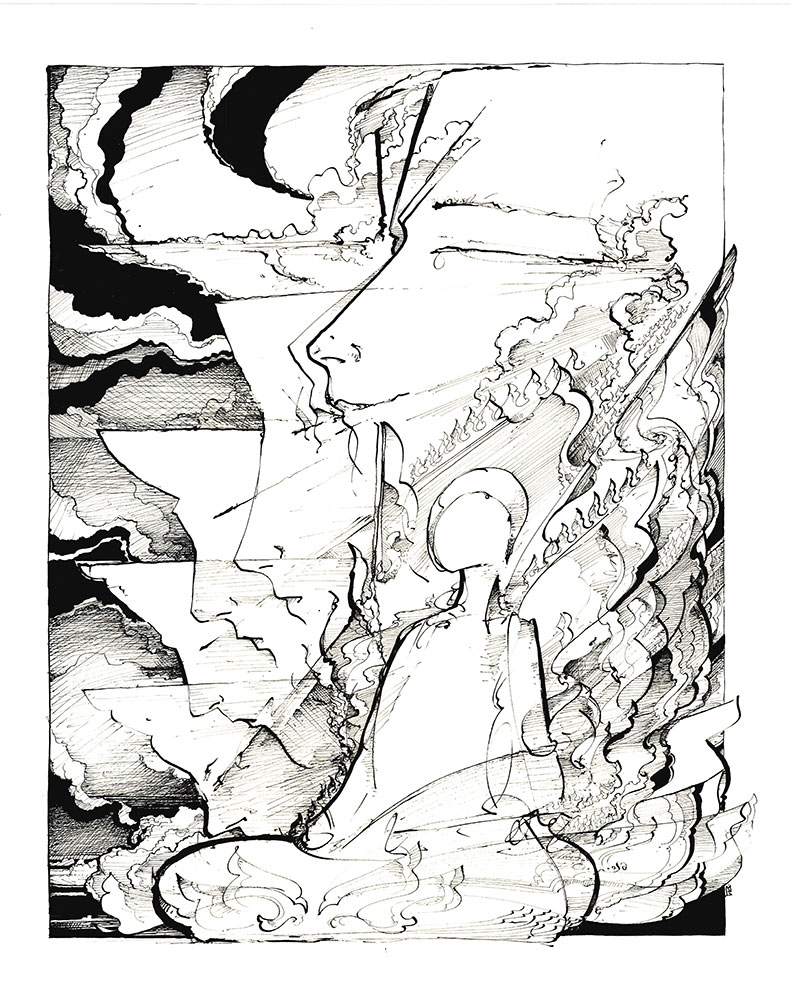
Why do we value art?
Art: it's this visual record of who we are, how we imagine ourselves, where we're going, where we've come from at some particular time. It's the visual record of out psycho-spiritual states - as a human organism. If you were to take all the varied pieces of art from all the different art movements in some brief span of time, you'd find a vast spectrum of emotions, perspectives, and inspirations. Yet, it all came from the same place - this Earth, these humans - and happened within the same relative time.